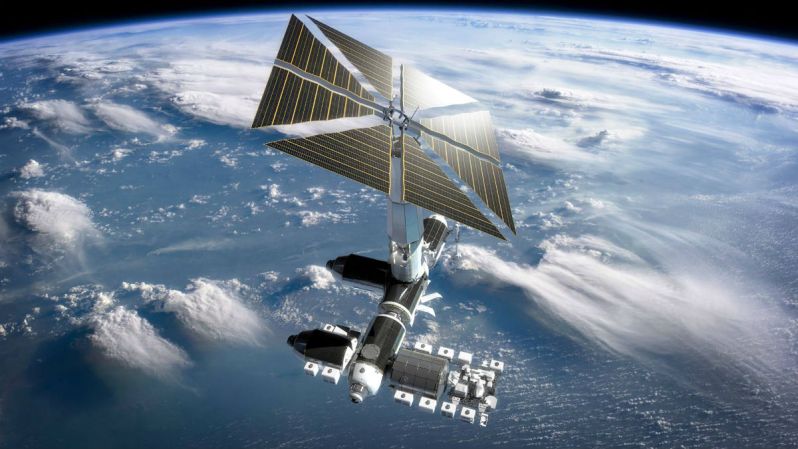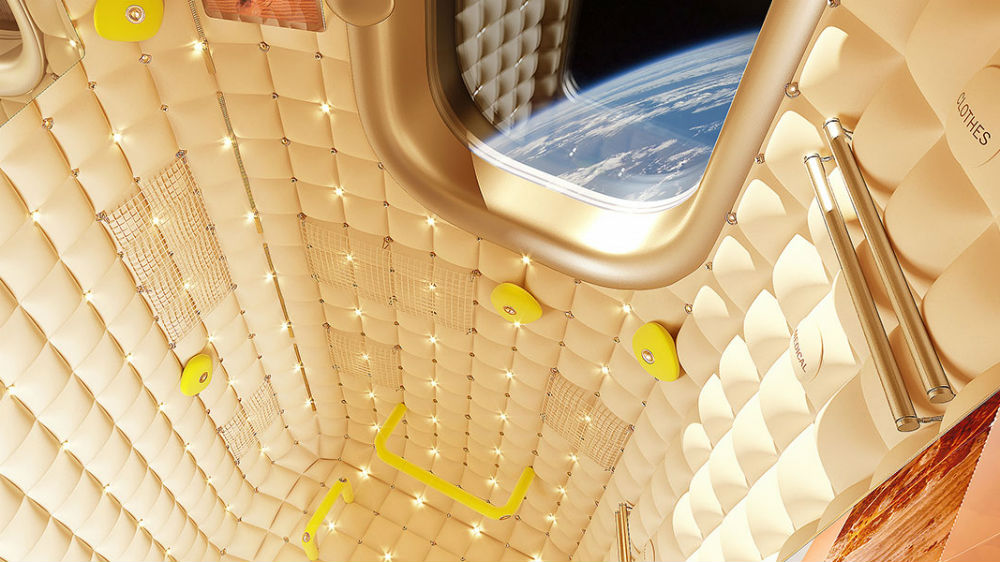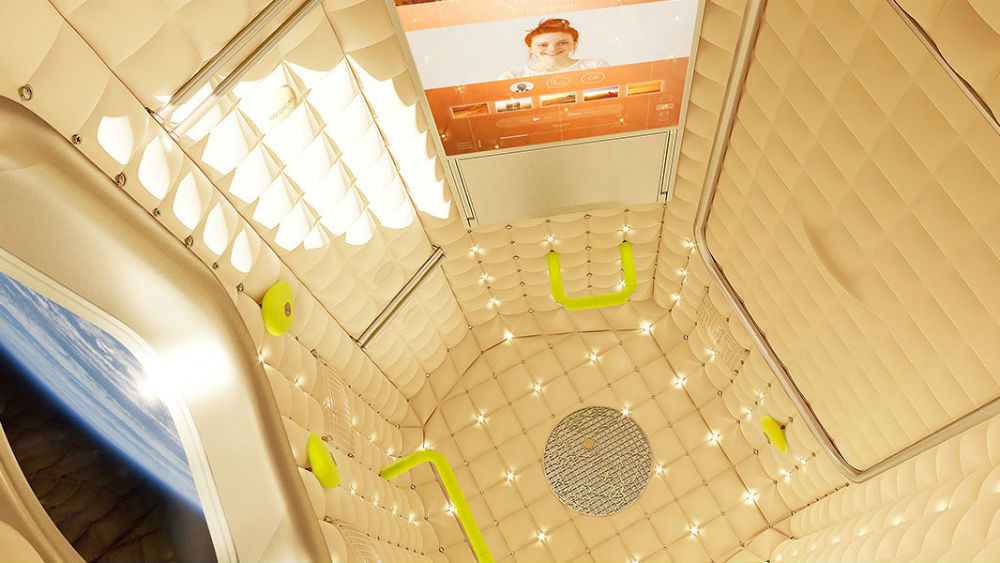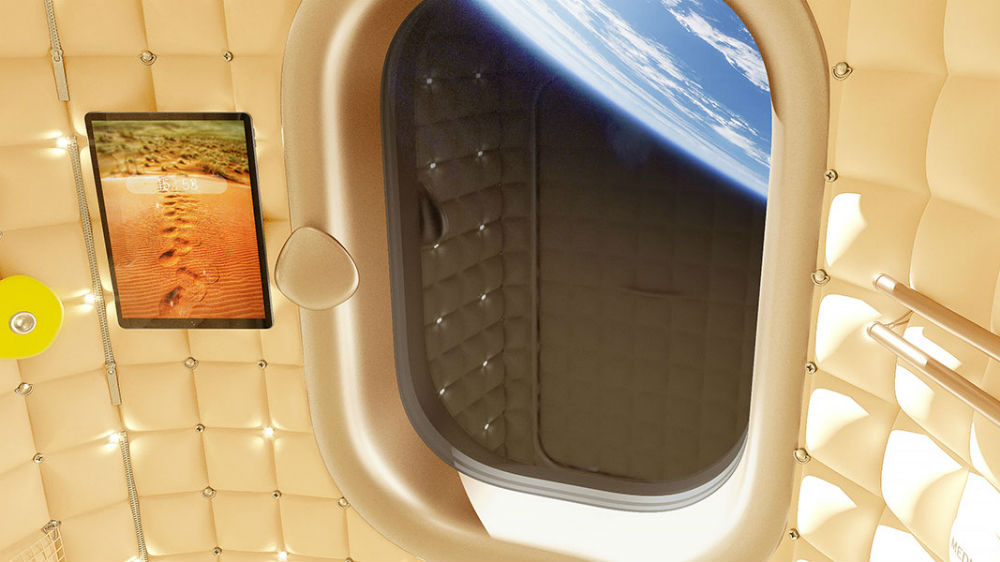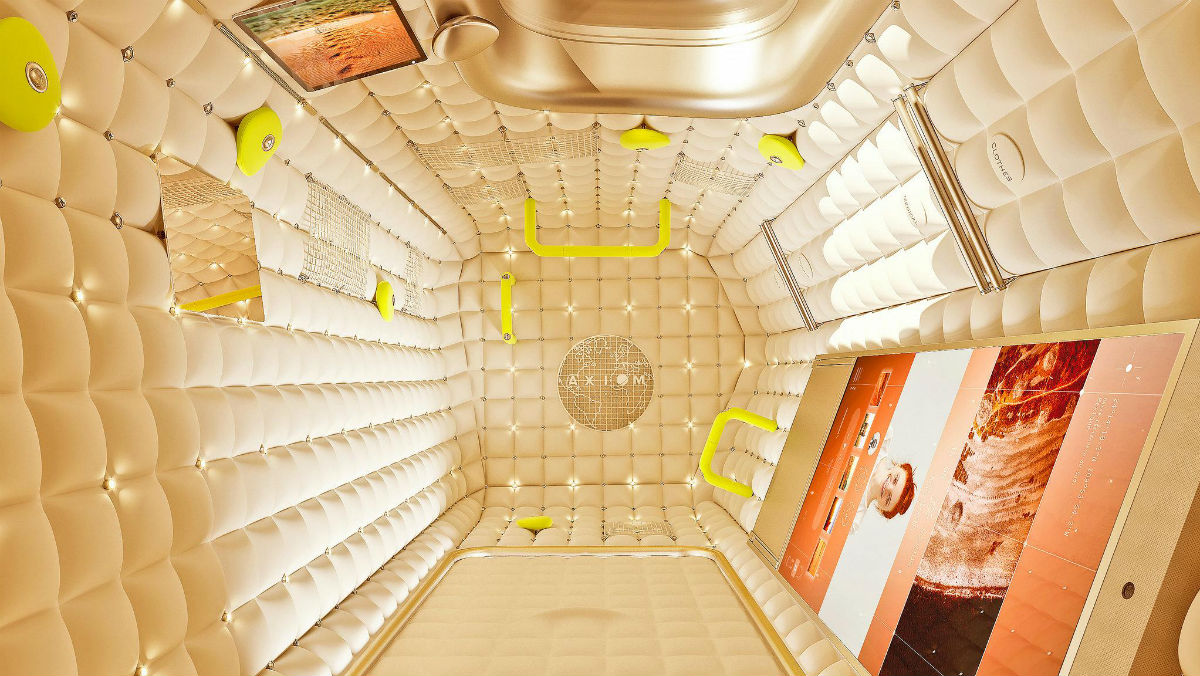Let’s be honest: Every die-hard traveler dreams of going to space. Considering that most nooks and crannies of our planet have been cataloged, photographed, and “selfied” with, the cosmos is literally the final, unexplored frontier. This month, one more company announced plans to take everyday folks into orbit, complete with designer hotel “rooms” and plenty of Wi-Fi to Instagram your journey. With the right disposable income, you can register for the Axiom Space program right now.
Thanks in large part to ambitious ventures by Richard Branson, Jeff Bezos, and Elon Musk, the space tourism race has heated up considerably in recent years. But Axiom’s CEO, Mike Suffredini, is quick to point out that these competitors are only going to “the edge of space” rather than into orbit. They promise a brief 15 minutes of microgravity — enough time to snap a few Instagram shots of yourself in front of “the big blue marble” before heading back to reality. Axiom Space is marketing something altogether different with a far more intense, 12-day program.
The only requirements are that space travel hopefuls be at least 21 years old and capable of passing a standard physical exam. Provided you’re fit for travel, the real experience begins on terra firma with an intensive 15-week training program. Potential space travelers will head to Houston’s Johnson Space Center to train side-by-side with real-life astronauts. Station guests will need to demonstrate they can hold up to the rigors of space travel by, for example, spinning in a centrifuge and proving they don’t have a crippling fear of confined spaces.
To up the ante, Axiom brought famed designer, Philippe Starck, on board to craft a luxurious, low-orbit travel experience that’s equal parts boutique hotel, research station, and 2001: A Space Odyssey-esque art installation. In stark (get it?) contrast to the drab, utilitarian decor of most spacecraft, the one-of-a-kind Axiom station will feature cream-colored, suede-like walls and luminous LED lighting that shifts color automatically based on where the station is positioned above the earth. Add to that luxury onboard amenities like Wi-Fi (yes, really), satellite phone capability, and even proper showers (maybe) and the entire experience feels more like glamping. Can your experience really be considered “roughing it” if a world-renowned French designer hand-picked your room decor?

In 2024, Axiom Space Station is scheduled to replace the now-20-year-old International Space Station. Until it does, Axiom is working with the ISS to begin commercial trips to the existing station in 2020. It all starts with tourism, but the program will expand to include human spaceflight programs, research, manufacturing, exploration system demonstration (basically “proofs of concept” for deeper space travel and exploration), and outreach and advertising. The timeline seems ambitious and space-based initiatives have historically been delayed by years, even decades. However, Axiom Space is manned by 60 employees, most of whom previously worked for NASA and have hands-on experience working with the ISS. We imagine that, if anyone can get this program off the ground, they can.
Reservations aboard the Axiom Space Station are open now, assuming you have a cool $55 million lying around. If that’s too steep, early bird travelers can score a $5 million “discount” ticket if they book now. While both price tags include the full training experience, roundtrip transportation, and everything necessary to live aboard the station, we’re guessing there’ll still be a surcharge for Wi-Fi. There’s always a surcharge for Wi-FI.
